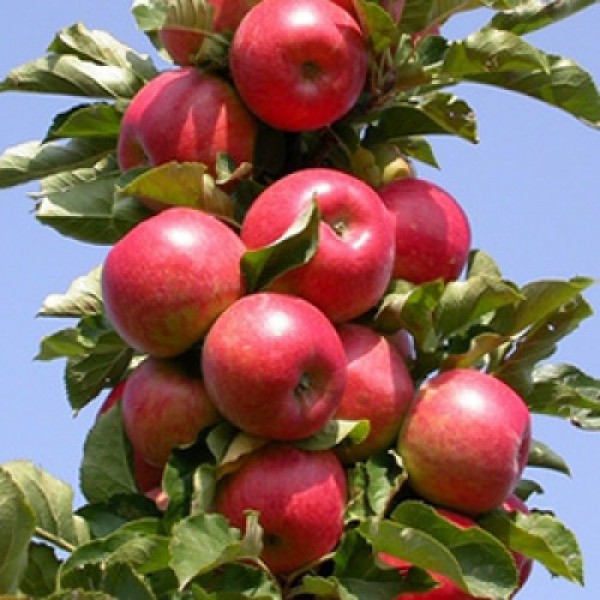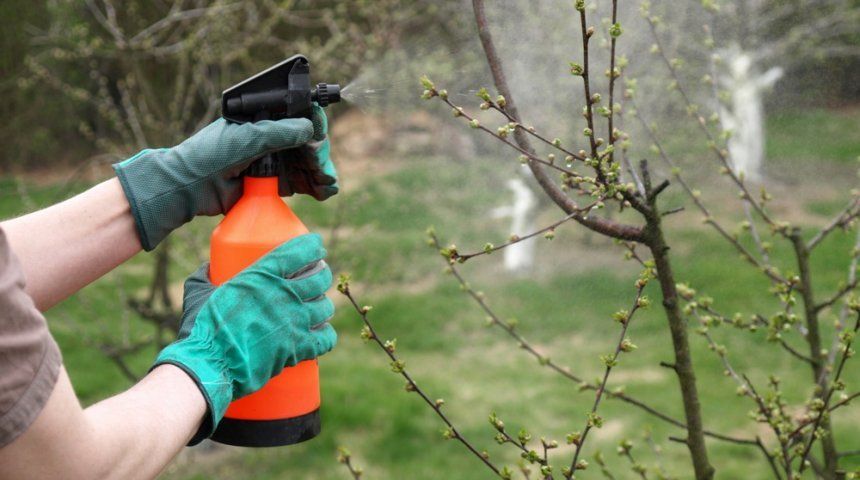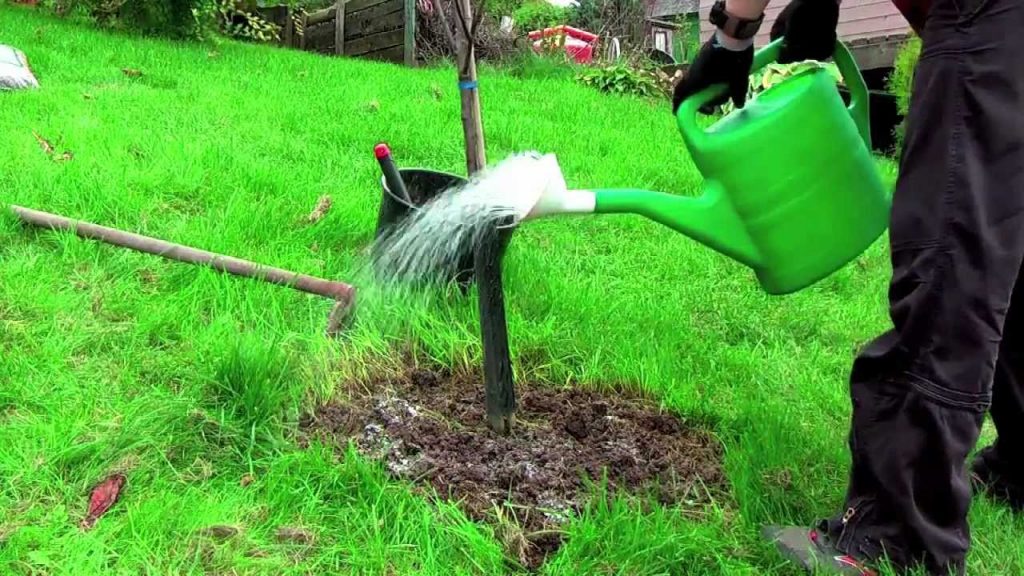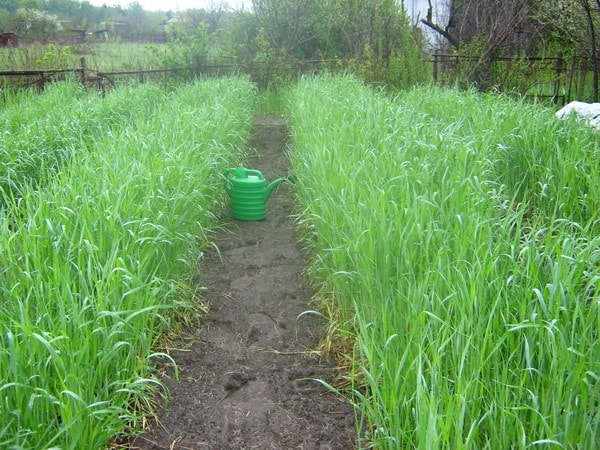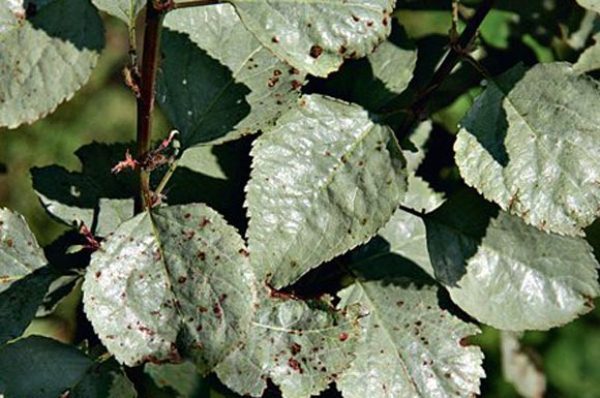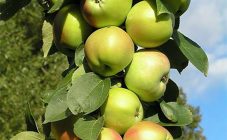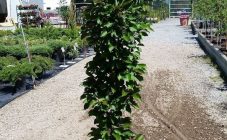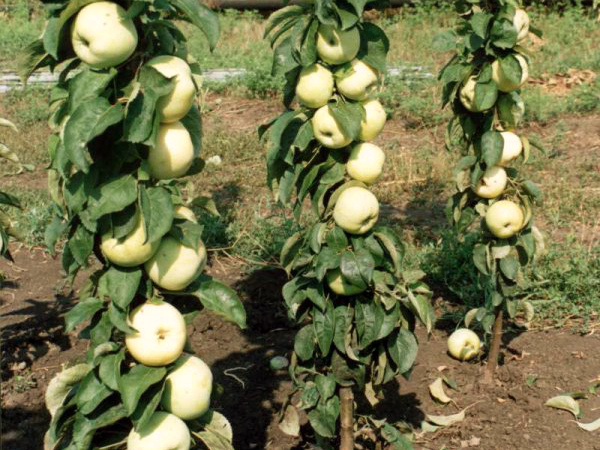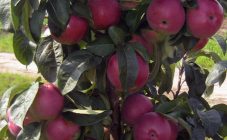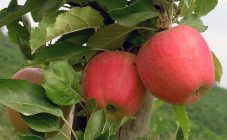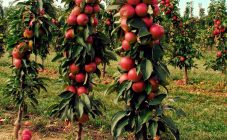Content:
Back in 1964, quite by accident, an interesting mutation was discovered on the Macintosh apple tree: a fairly thick branch with a lot of foliage, very densely covered with apples. It was grafted onto the stock, getting the Vazhak variety. The mutant demonstrated the ability to preserve the newly acquired qualities and became the progenitor of a huge number of columnar apple trees. These include the columnar Ostankino apple tree.
History of creation
The Ostankino apple tree was bred in 1974 at the Institute of Horticulture under the leadership of V.V. Kichina. Six years were spent on testing, after the successful completion of which the columnar apple tree Ostankino was included in the State Register. The variety became popular very quickly. First of all, he liked the gardeners living in the Moscow region, as well as the summer residents of the Non-Black Earth Region in general.
Description of the variety
The Ostankino columnar apple tree is described as an autumn species. Some experts classify the variety as early winter. The tree grows to a medium height. Its ability to bear fruit lasts an average of about 14 years. The apple variety has a crown typical of a columnar apple tree. The branches and shoots of the plant are very elastic and strong. They can withstand even strong enough winds without any problems.
The fruits are distributed evenly over the entire surface of the trunk, starting at a height of 25-30 cm from the ground. The leaves of the apple tree are dark green, rather large, with medium-length petioles. The fruit is rounded and slightly flattened in shape, has rather short stalks. On average, one apple weighs from 130 to 250 grams, but some specimens grow up to 200 grams. The color that the varietal fruit has is very attractive - the background is greenish-yellow, and there is a red-violet blush on it, covering more than half of the surface. Some apples are completely blush.
The pulp is very juicy and tasty. The sourness is present, but not essential. The variety has such an interesting characteristic as high early maturity. The apple tree yield is also excellent. From about the age of five, the culture begins to give 7-9 fruits from one plant annually. When planting apple trees on an industrial scale, we are talking about an indicator of about 800 centners per hectare. If you provide the plant with proper care, it is quite possible to increase the yield indicator at least twice.
Experts note a high rate of disease resistance in the Ostankino apple tree. There is even an opinion that this apple tree does not need to be treated for diseases in principle. But most gardeners prefer to play it safe and carry out preventive spraying of trees. In addition, practice shows that not all diseases bypass culture.
Since the variety was bred in the Moscow region and for this region, there is nothing surprising in the fact that the culture has excellent winter hardiness.
The Ostankino apple tree is self-fertile, so it does not need a pollinator.
Features of agricultural technology
Since the Ostankino apple tree is columnar, the procedure for caring for it is not much different from the agricultural technology of other varieties of this type.
The optimal distance between the planted trees should be about 50 cm. Leaving more space is simply inappropriate.
Before planting a seedling, the soil should be prepared. You need to dig planting holes and apply fertilizer. Each pit requires an average of 2 liters of manure and a similar amount of compost.
It is most advisable to plant Ostankino in the spring, after the cold weather has already receded, but the sap flow has not yet begun. You should choose a place that is not too windy - all apple trees, without exception, do not like strong air currents.
During planting, care must be taken so as not to damage the root collar of the seedling. We are talking about the place of the plant where its trunk makes the transition to the roots.
In the process of digging a hole, it is very important to separate the top layer. He is the most fertile. It will then need to be moved with fertilizer mixtures and poured onto the bottom of the planting hole.
After the seedling is placed in the hole, it remains only to carefully sprinkle it with earth, tie it to a peg and water it abundantly. In addition to what is done, you can also promulgate the culture.
Watering
If the summer is not hot, caring for the Ostankino apple tree should include watering about once every 3 days. In hot weather, this should be done after the soil is drying out. In no case should you water the crop with a strong stream of water. Columnar apple trees have a superficial root system. The plant tolerates spraying and sprinkling best of all.
Cutting the inflorescence
There is a certain probability that the apple tree will bloom already in the year of planting. In this case, you will need to cut off all the buds without exception. The fact is that fruiting in the first year of life will lead to the depletion of culture. The apple tree will develop a poor root system, and you will not have to dream of good harvests in the future.
For the next year, you can leave all flowers, except for two or three. In subsequent years, the number of ovaries left can be increased in proportion to the desired yield.
Tinning
The successful cultivation of the Ostankino apple tree involves a mandatory tinning procedure. It is about planting plants around the trunk. Most often, the choice is made in favor of cereals. Their shoots will need to be mowed periodically as they grow. Tinning is necessary to protect the roots of the columnar apple tree, because by nature they are weak and superficial.
Pruning
Pruning is usually done in spring and summer. Since the Ostankino apple tree does not give lateral shoots, it will only be necessary to cut the plant in height. Branches can sometimes appear. But in this case, it is not recommended to be too zealous, because the more intensively the branches are grown, the more actively they will eventually grow. If the branch seen is not too significant, it will be enough just to pinch the top a little.
Pest and disease control
Despite the very high immunity, there are several diseases that the culture is susceptible to.
Milky shine
This disease affects all parts of the tree without exception. It is considered one of the most serious diseases of any fruit tree. If you do not start treatment in a timely manner, the apple tree will simply die. The disease is a consequence of too low temperatures, therefore, the procedure for preparing a plant for winter should not be neglected in any case.
If prevention did not help, and the first signs of a milky sheen are evident, all affected parts of the culture should be immediately removed, and the stamp itself should be sprayed with any disinfecting compound. In addition, it will not be superfluous to whitewash the base of the trunk.
Bacterial burn
Another problem that an apple tree can face is bacterial burn. It manifests itself in blackening of the leaves. After infection, they begin to quickly lose their shape, dry out and fall off. The disease is transmitted through replanting seedlings. Treatment involves burning off any damaged leaves. The soil should be disinfected with "Hom" preparation at the rate of 80 grams per 1 bucket of water.
In order for the plant to be able to ripen without problems and produce a sufficient number of fruits annually, its care must be systematic.
Advantages and disadvantages
The Ostankino apple tree has both undoubted advantages and obvious disadvantages. The advantages include the following points:
- compact size of the tree;
- frost resistance;
- high productivity;
- attractive fruit appearance;
- high immunity;
- keeping quality of fruits.
All of the above is more than enough to choose a variety for planting on your site. But there are also negative reviews about culture. Gardeners are upset that the fruiting of the plant has a limited period of 8-10 years. At the same time, the cost of seedlings is quite high.
Despite this, the variety is often planted in all regions of Russia and gets a decent harvest.
